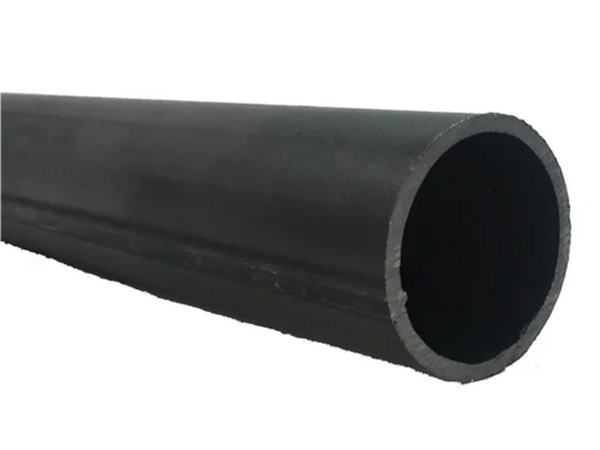Mild steel black pipes are prone to defects
Mild steel black pipes has an important position in the field of modern industry and construction, it not only has good weldability and processability, but also has good economic benefits, has a wide range of applications and important position in modern construction, industry, pipeline transportation and other fields, is an economic and practical basic engineering materials. However, in the production, processing and use of Mild steel black pipes, some defects will inevitably occur. This article mainly introduces the defects that may occur in the production, processing and use of Mild steel black pipes:

1. Surface defects
(1) Oxide: in the process of hot rolling steel billet high temperature and air contact, the surface of the pipe will form an oxide layer, not timely treatment or improper treatment may affect the subsequent anti-corrosion coating adhesion.
(2) Scratches: In the rolling or transportation project, the surface of the pipe is scratched by foreign bodies, forming small pits or scratches.
(3) White spot: The internal defect of the pipe after pickling is manifested as a smooth white spot, which is caused by the segregation accumulation of alloying elements and is mostly located in the center of the steel.
(4) Burr: The bulge caused by excess metal in the cutting or welding process, the external burr is allowed, but the inner burr needs to be cleaned.
2. Dimensional accuracy problem
(1) Uneven wall thickness: The main reason for this problem is because the mill is improperly adjusted or the uneven distribution of billet heating temperature.
(2) The length error is large: the main reason for this problem is because the precision of the steel pipe is not enough or the error of the process manufacturing.
(3) ellipticity deviation: caused by uneven force during rolling or insufficient control of straightening process.
3. Internal defects
(1) Stratification: the internal structure is separated parallel to the processing surface, manifested as longitudinal or transverse cracks, resulting from the interlayer separation caused by bubbles inside the steel during rolling, or defects such as inclusions.
(2) pores or inclusions: defects caused by the fact that the gas in the smelting process of raw materials is not completely eliminated, or the impurities are not purified.
(3) Loose: Due to the uneven distribution of density inside the steel, the pipeline has a gap or loose structure.
4. Mechanical properties
(1) The hardness is too high or too low: caused by improper control of the heat treatment process or material composition deviation.
(2) Reduced plasticity: low temperature processing or stress concentration causes the material to become brittle.
(3) Insufficient tensile strength: uneven composition of steel or poor processing caused.
5. Welding defects (for welded pipes)
(1) Pores: caused by insufficient protective gas or improper cleaning of the weld area during welding.
(2) Weld cracks: caused by improper selection of welding materials or excessive welding stress.
(3) non-fusion of the weld: the pressure during welding is not enough, or the material is insufficient, resulting in incomplete fusion of the weld and the base material.
6. Preventive measures
(4) The use of high-quality billets and strict raw material inspection.
(5) Optimize the rolling and heat treatment process to ensure uniform heating.
(6) Strengthen equipment maintenance and reduce mechanical damage.
(7) Strictly control the welding process to ensure welding quality.
(8) The use of surface treatment (such as sandblasting, pickling) to remove oxide and impurities.
In summary:
The wide application of Mild steel black pipes makes it have higher requirements for surface and internal quality. If these defects are not properly treated, they will affect their mechanical properties, service life and safety. By optimizing smelting, processing and testing technology, and strengthening production process control, defects can be effectively reduced and product quality can be improved.
